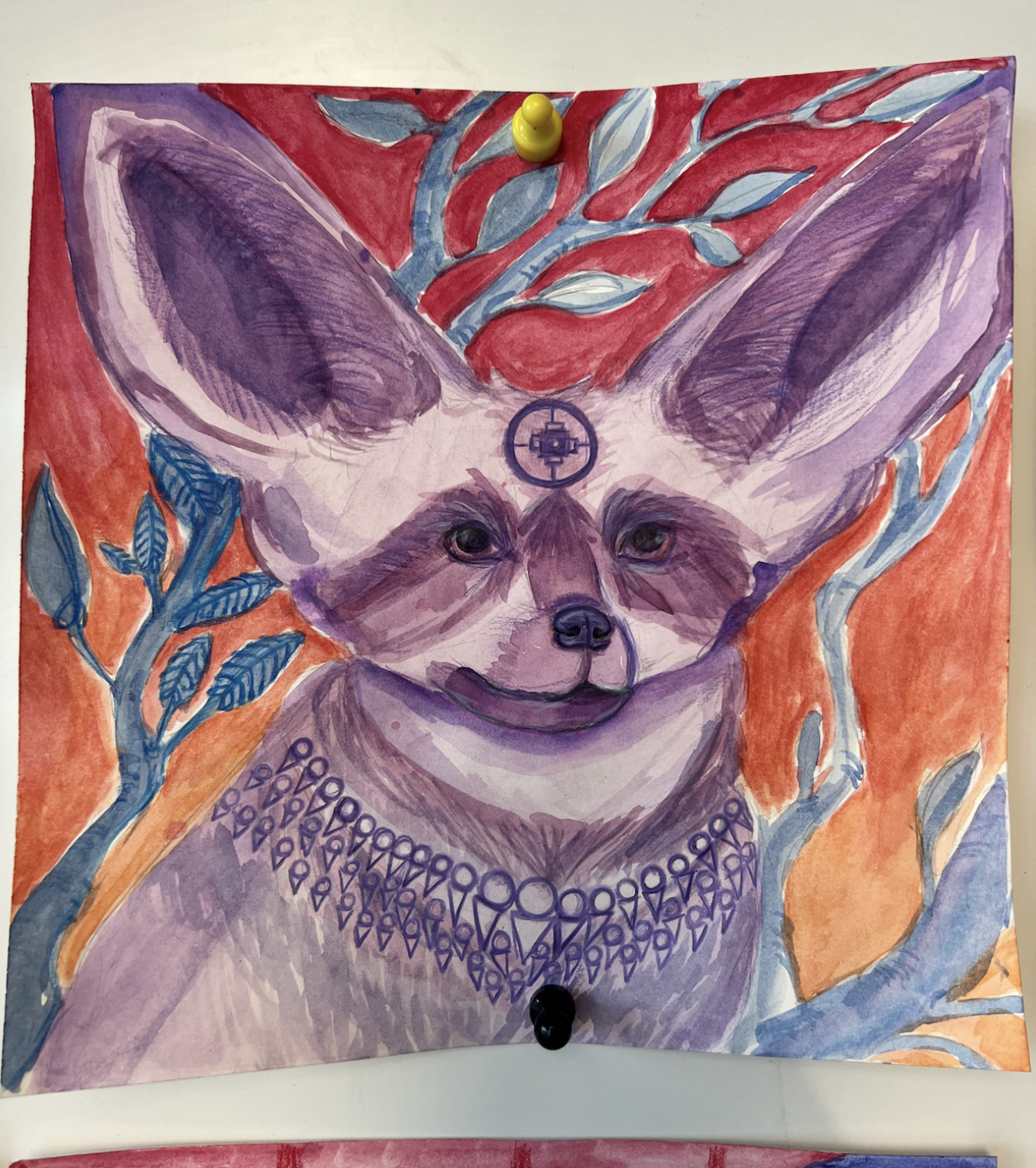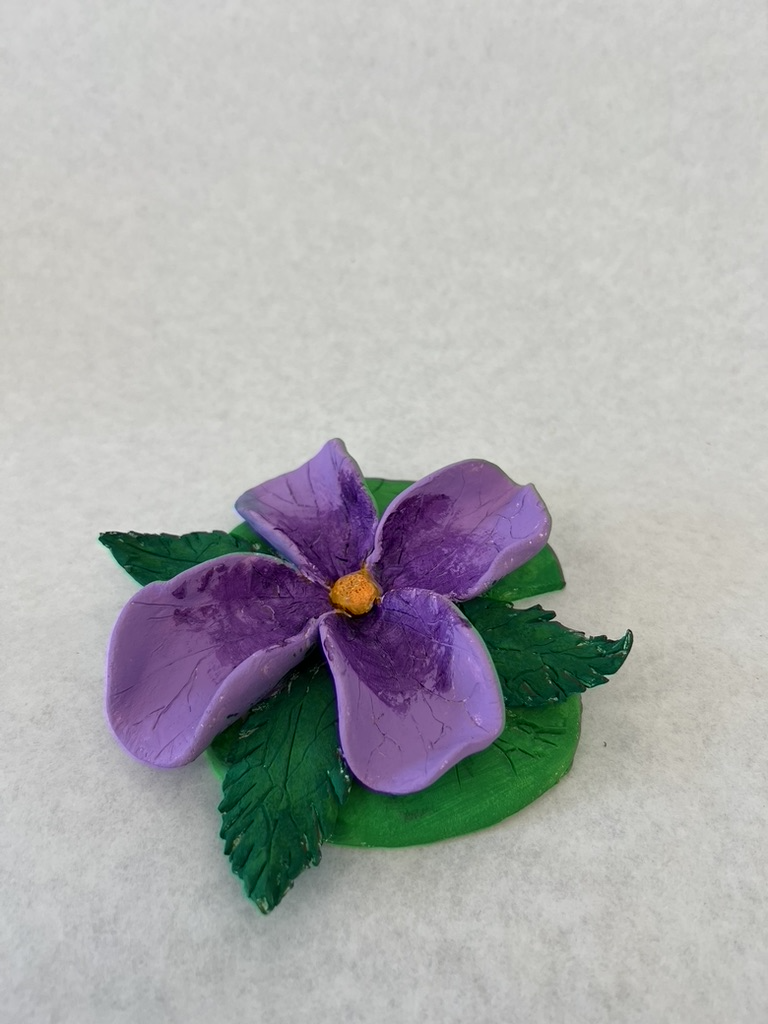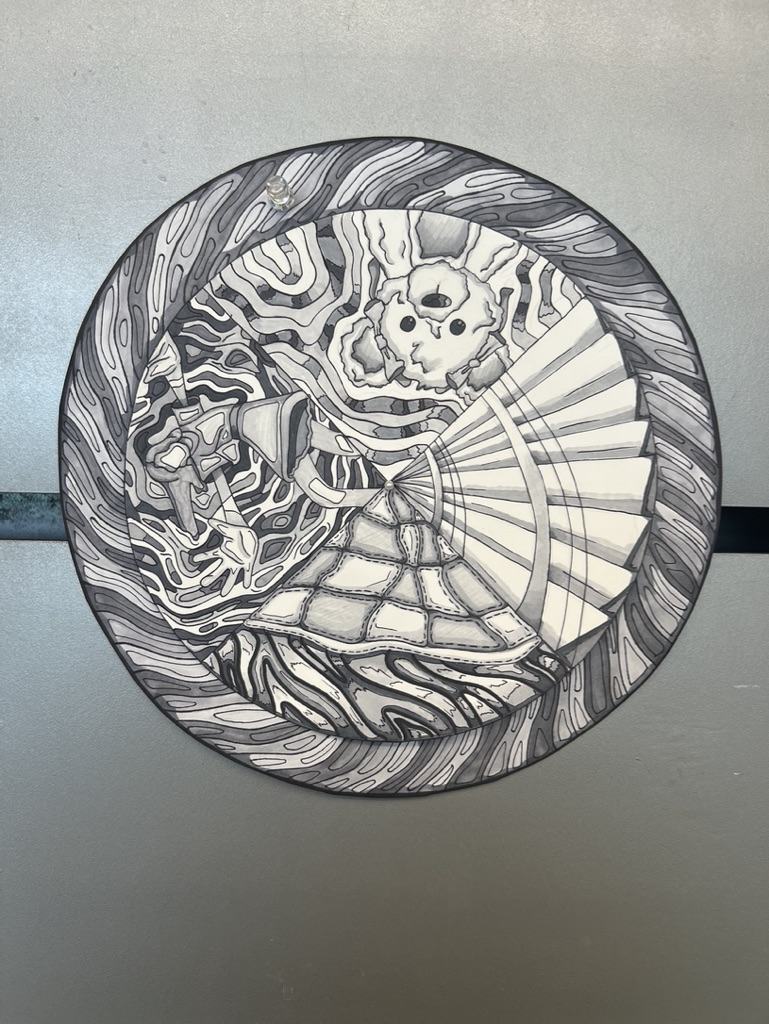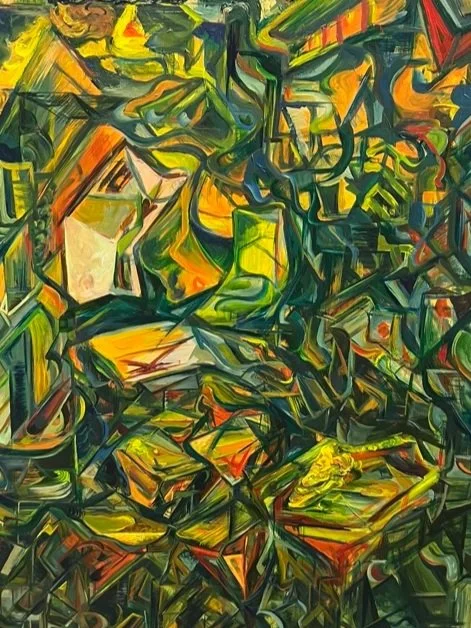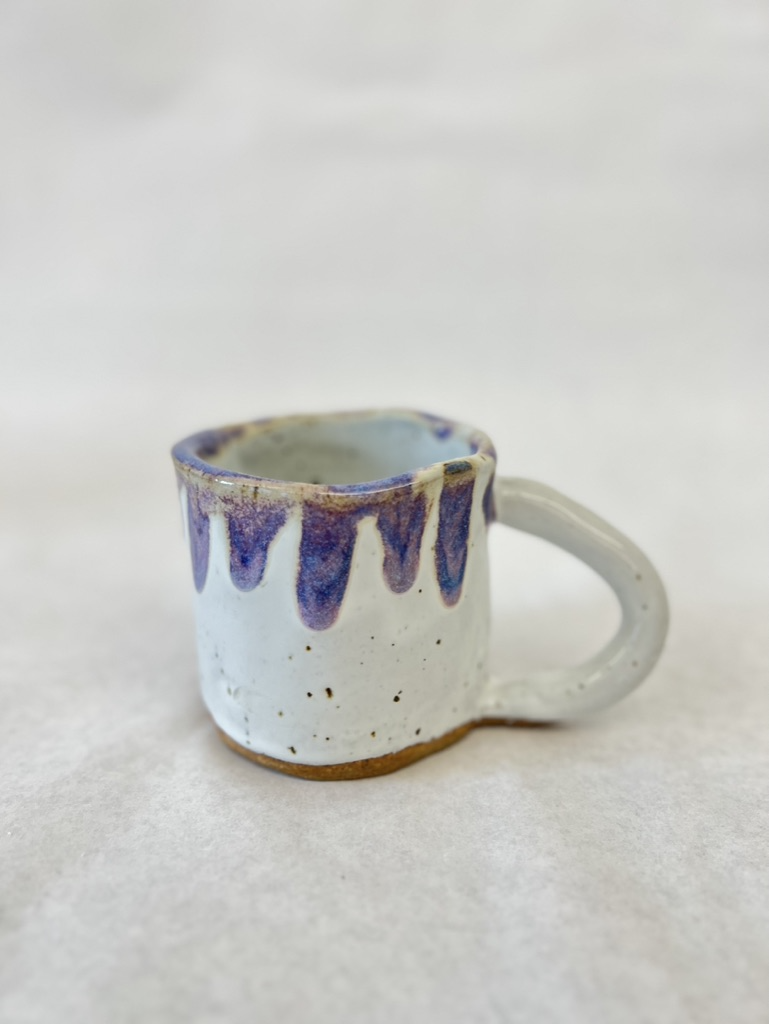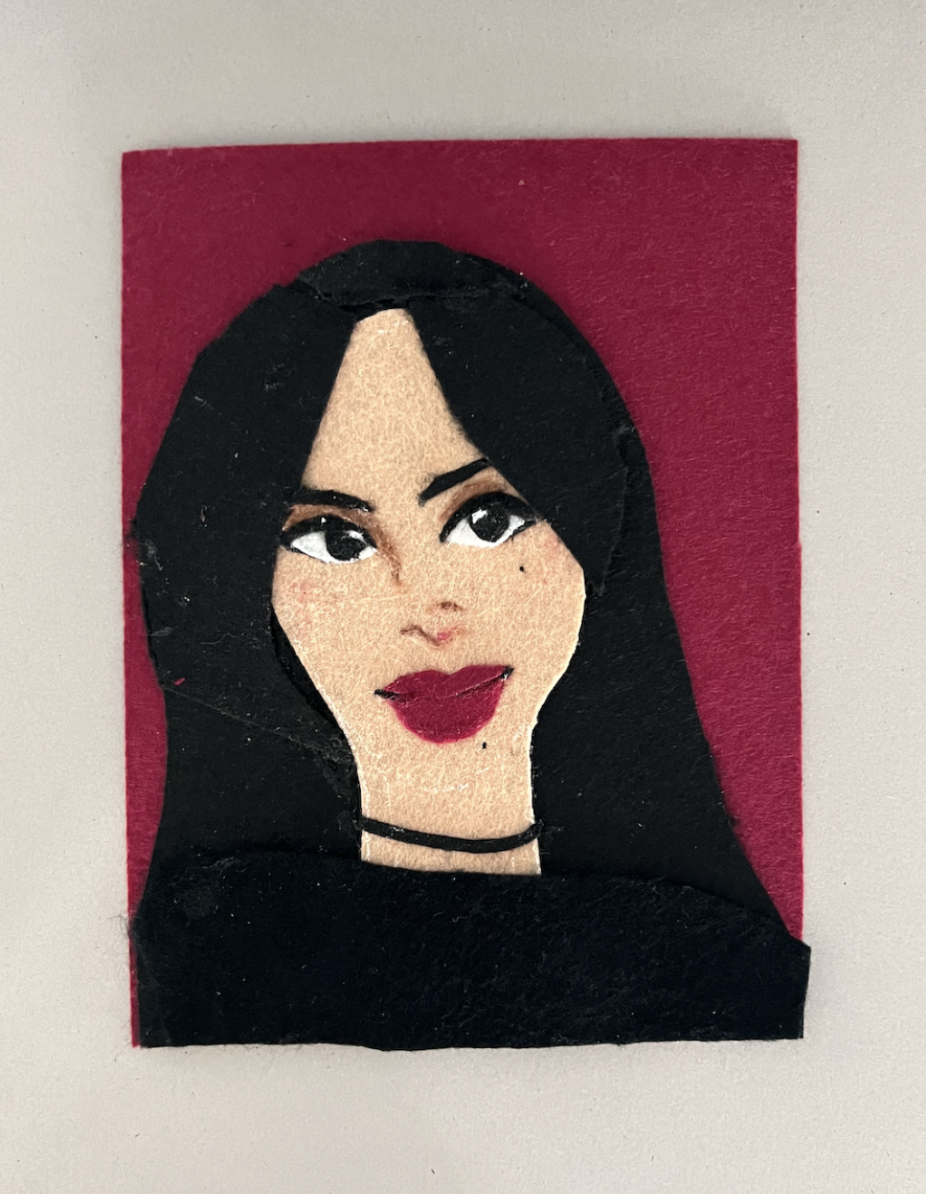My Approach to Art Education
Creativity is a crucial part of the human experience. Through art, collaboration, and self-expression we are all able to better understand ourselves and create community within the world around us.
-
Student-Centered Education
Student-led learning places the student at the center of the classroom, prioritizing self-directed education, creativity, and discovery. Unlike traditional methods focused on memorization and teacher-centered instruction, student-led learning encourages students to integrate their interests into projects. In this approach, teachers serve as facilitators, and students become knowledge holders. Through these methods, students not only take on leadership roles in the classroom but also connect with peers, share perspectives, and contribute to a vibrant classroom community.
Healing Through Art Education
Creativity holds immense power, touching the lives of countless individuals. It allows us to uncover a profound understanding of our shared humanity. Through pathways like visual arts, dance, and music; creativity offers us a way to navigate and transcend personal suffering. Backed by fields such as anthropology, neuroaesthetics, and therapy, artistic expression serves as a unique transformative tool.
“The creative process allows one to practice entering dark places and returning. Giving form to pain seems to acknowledge what is inside, while shaping it into something sacred and complete (Sikes, C. 2001).”
By introducing therapeutic art practices into our classrooms, we can realize a more empathetic society. We can empower a community who can focus on healing and building resilience to address current and past traumas, rather than working retroactively. Together, we can support our students and assist them in realizing their creative potential and power in shaping a brighter future.
Asset-Based Pedagogy
Initially stemming from the concept of culturally relevant teaching introduced by Gloria Ladson-Billings, this approach empowers students to become agents of change, granting them autonomy and voice. It invites us to envision a future where schools embrace pedagogical approach of cultural and linguistic sustainability and responsiveness.
I am dedicated to ongoing learning, drawing inspiration from influential voices such as Ladson-Billings, Zaretta Hammond, Paulo Freire, and Bell Hooks. I am also energized by emerging voices like Brian Lozenski, Jeffrey Dessources, Lorena Escoto Germán, and Liz Kleinrock, as well as educational frameworks like the Culturally Responsive Education Hub, CASEL Framework, and the RE Center. Together, we can collectively strengthen our efforts to dismantle and rebuild cultures of inclusion, intersectionality, equity, and belonging. This entails amplifying student voices, centering contemporary artists in the art canon, and ensuring that classroom materials reflect student interests and identities. Through this work, we aim to create spaces where every student feels seen, heard, and valued.
We are ALL Creative
I believe that everyone is creative —that the human experience is deeply interwoven with creativity and ingenuity.
We Own Our Stories
In our classroom — we own our stories. This means that we get to speak power to our own narratives by reflecting on and sharing (openly or internally) our truths. The ability to embrace vulnerability and create community in our classroom is a special gift. We respect others and celebrate our differences and similarities — we lean into what makes us unique and find belonging through what we have in common!
Pass the Torch
Together we are committed to learning. In our classroom, teachers and student artists work collaboratively by passing the torch of knowledge from one person to the next. When we are empowered to create our classroom together — we take pride in collectively sharing our artwork, our lived experiences, our fascinations, and beyond. We can all learn from one another!
-
“I am not creative” This creed is recited to me often (daily even), with a conviction that will always stop me in my tracks. If you listen close enough it begins to sound like a pact created by those whose imagination was lost or damaged, recited until it becomes their truth. It is because of this declaration that I find myself in a classroom as an art educator, advocating for students and communities alike, championing the belief: “creativity resides within us all.”
My teaching philosophy revolves around four fundamental questions that guide my practice:
1: What Does it Mean to Be Creative?
I believe the ability to explore, question, and learn through accessible, quality art education is one of the most important values of society.Through the playful exploration of colors, shapes, form, textures and patterns, we unlock profound insights about ourselves and the world around us. Access to these essential tools not only nurtures creativity but also enables us to envision a future characterized by empathy and collaboration. Moreover, it opens doors for art to become a passion or career, broadening pathways to higher education and providing avenues for self-expression. Creativity matters because creativity fuels our society, empowering us to imagine, innovate, and shape the world we inhabit.
2: Where Does Creativity Grow?
I am dedicated to cultivating studio spaces where student voices are heard and valued. With a focus on engagement and autonomy, students take charge of their learning — developing creative thinking skills and playing an important role in shaping the curriculum. This environment fosters a culture of creativity, safety, leadership, and effective communication. Within this supportive framework, students feel confident to create artworks that delve into themes such as identity, individuality, mental health, activism, resilience, and growth. Empowering students to co-create their curriculum around significant aspects of their lives promotes deeper engagement and a sense of belonging in the classroom.
3: How does society and education inhibit our creativity?
Historically, the art world has been exclusive place, leaving decisions of worthiness to an elite few. To address this, I deliberately incorporate an abundance of diverse perspectives into my lessons, encouraging students to recognize themselves as creative contributors. Extracurricular activities like art councils and lunch bunch (monthly lunch & learns run by students), and art club allow students to connect with fellow artists and see themselves as artistic leaders. All of these initiatives seek to help students broaden their understanding of artist’s lives and the art they create, creating a culture where every voice is recognized, respected, and valued.
4: How Can We Find Support, Encouragement, and Build Resilience in the Arts Classroom?
As an educator, I prioritize creating safe, nurturing classrooms where students can unleash their creative potential. This means fostering Safe Learning Environments, implementing Differentiated Instruction, and maintaining High Expectations. Students receive emotional support through 'think-spaces,' routines, and strong student-teacher connections. My classroom offers a balanced mix of structure and opportunities for growth, effective communication, and interdisciplinary learning. By using reflective practices and flexible teaching methods like UDL & TAB, I ensure equitable access to art education, crucial for nurturing thriving young visionaries.
Student Led-Learning In Action
Getting to work with amazing creative humans everyday is one of the best parts of being an educator. Our daily interactions, community building, and art making inspire me to be a better teacher and artist. How I adapt and grow my approach is in response to each of these young artists — their interests and passions included. Together as artists, we grow.
Student Work
MASSArt Saturday Studios
Boston Arts Academy

